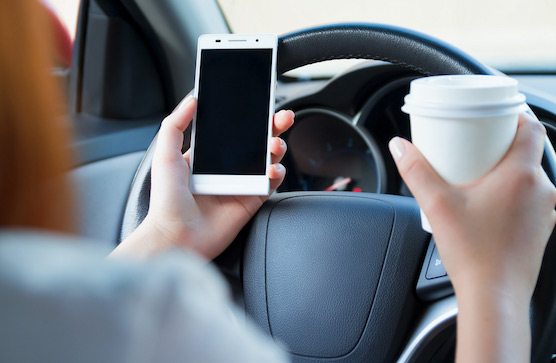April is distracted driving awareness month in the United States. With technology advancing at a rapid pace, cell phone usage, navigation systems, and other technology being in a vehicle is much more common. Technology is a large contributor to distracted driving accidents, however there are other factors such as eating and talking to passengers that continue to play a role. According to the NHTSA, in 2019, 9% of fatal crashes involved a distracted driver.
At Gruber Law Offices, we are continuously trying to raise awareness around this issue. Below you will find some of our frequently asked questions about distracted driving as well as tips on how to stay safe.

What are Some of the Wisconsin Laws on Distracted Driving?

For a free legal consultation, call (414) 276-6666
What are the Biggest Causes of Distracted Driving?

6 Tips to Keep the Future of Wisconsin Roads Safe
Call or text (414) 276-6666 or complete a Free Case Evaluation form















